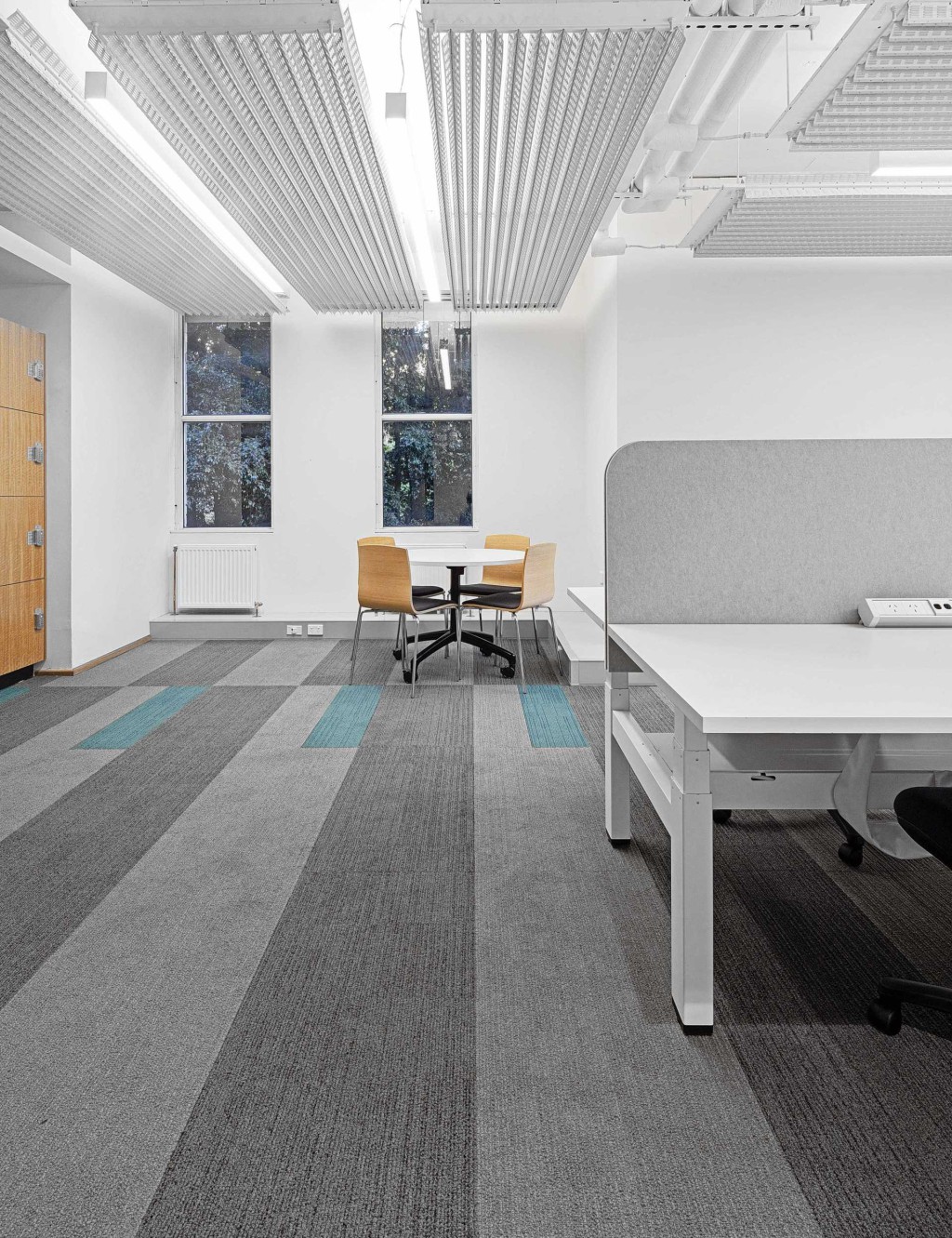A word on...chilled beams

Andrew Gaskell, Chairman of the Chilled Beams and Ceilings Association, highlights the various environmental and wellbeing benefits of installing a chilled beam system.
The health of building occupants can be influenced by a range of factors related to
its design. As an advanced method of cooling indoor spaces, chilled beams can enhance the indoor environment for building occupants, improving air quality, comfort and offering greater design flexibility.
Chilled beams cool the air in a room through natural convection. Cool water flows through the pipes within the beam, causing the surrounding air to cool. The cool air then descends, while warmer air rises to the ceiling, where it is drawn back into the chilled beam for cooling. This process provides effective and efficient cooling with minimal air movement.
Chilled beams can have several benefits for the health of occupants in a building. Here are a few reasons why chilled beams can be good for occupant health:
• Improved indoor air quality (IAQ): Chilled beams provide effective cooling without the need for forced air circulation. This reduces the risk of airborne contaminants, such as dust, allergens and pathogens being circulated throughout the space. As a result, occupants may experience improved IAQ, which can have a positive impact on their respiratory health. Active chilled beams with closed back design do not use the ceiling void for air circulation, so preventing dirty ceiling void air being introduced into the habitable space, improving air quality.
• Simpler installation and reduced maintenance: Chilled beams function with a dry coil (above dew point), which means simpler installation and much reduced maintenance as there are no drain pans, condensate lines or condensate pumps. Active chilled beams function with CWS/HWS temperatures (above 14°C and less than 50°C) that seamlessly work with renewable technology such as heat pumps. There are no moving parts or filters to replace, so there is little or no maintenance required and long life expectancy.
• Reduced risk of Sick Building Syndrome: Chilled beams can help prevent the occurrence of sick building syndrome, which is characterised by symptoms such as headaches, fatigue and respiratory issues. By minimising the recirculation of indoor air and providing efficient cooling, chilled beams can create a more comfortable and healthy indoor environment for occupants.
• Noise reduction: Chilled beams operate quietly compared to traditional HVAC systems, which can contribute to a more peaceful and comfortable environment. Excessive noise levels can cause stress and negatively impact occupant wellbeing. With chilled beams, noise disruptions are minimised, promoting a healthier and more productive workspace. Chilled beams function with lower discharge velocities than other forms of HVAC terminal devices and so achieve low spatial air velocities and reduce draft risk, improving occupant comfort.
• Thermal comfort: Chilled beams provide localised cooling, allowing occupants to have individual control over their comfort levels. This personalised temperature control can enhance occupant satisfaction and reduce the risk of thermal discomfort, which can lead to health issues such as dehydration, fatigue and decreased cognitive function. Chilled beams function with lower discharge velocities than other forms of HVAC terminal devices and so achieve low spatial air velocities and reduce draft risk improving occupant comfort.
Overall, chilled beams can contribute to a healthier indoor environment by improving air quality, reducing the risk of sick building syndrome, minimising noise disruptions and enhancing thermal comfort for occupants.







